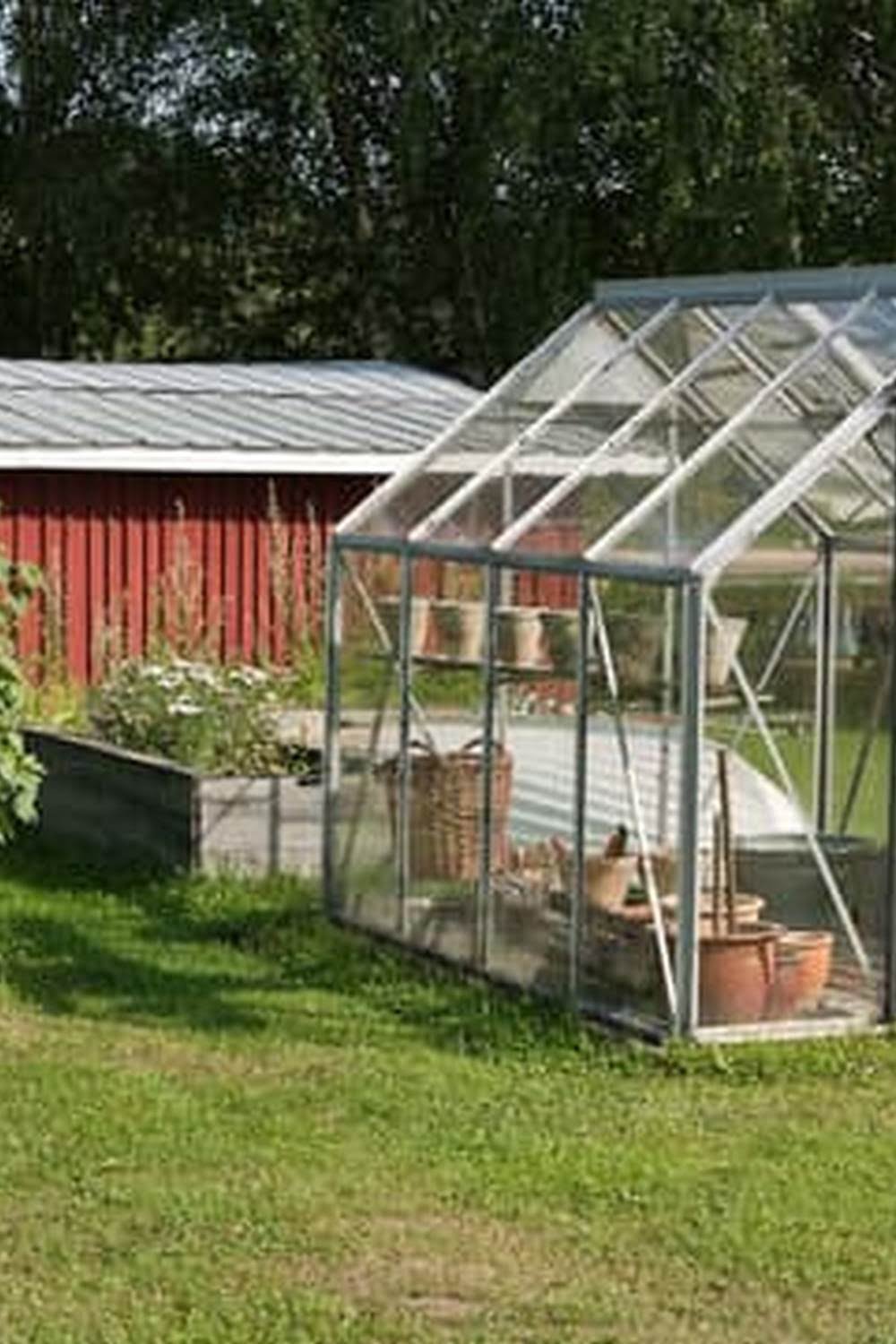Filling A Raised Bed Vegetable Garden
A vegetable garden is a great way to provide your family with fresh, healthy produce all year round. A raised bed vegetable garden is even better, because it is easy to maintain and the soil is never too wet or too dry.
To fill a raised bed vegetable garden, you will need to purchase some topsoil and organic matter. Spread a layer of topsoil in the bottom of the garden bed, and then add a layer of organic matter. Continue adding layers of topsoil and organic matter until the bed is filled.
Now it is time to plant your vegetables. Choose a variety of vegetables that will grow well in your climate, and plant them in the soil according to the instructions on the seed packet. Water the vegetables regularly, and be sure to harvest them when they are ripe.
A raised bed vegetable garden is a great way to provide your family with fresh, healthy produce all year round. By filling the bed with topsoil and organic matter, you create a fertile growing environment for your vegetables. Choose a variety of vegetables that will grow well in your climate, and plant them in the soil according to the instructions on the seed packet. Water the vegetables regularly, and be sure to harvest them when they are ripe.
Vegetable Garden Bed Orientation
The direction in which you orient your garden bed can have a significant impact on how well your plants grow. There are a few different things to consider when deciding on a garden bed orientation: sunlight, drainage, and wind exposure.
Sunlight
When orienting your garden bed, you want to make sure to place it in an area that gets plenty of sunlight. Most vegetables need at least six hours of sunlight per day. If you don’t have a spot in your yard that gets direct sunlight for that long, you can try orienting your garden bed so that it faces south. This will help to maximize the amount of sunlight the plants receive.
Drainage
If you’re not careful, you can end up with a soggy garden bed. When selecting a spot for your garden, make sure to consider the drainage. If the area you’re considering has poor drainage, you may want to look for a different spot or add some raised beds to improve the drainage.
Wind Exposure
Another thing to consider when orienting your garden bed is wind exposure. If you’re in a windy area, you’ll want to orient your bed so that the plants are protected from the wind. This may mean orienting it so that it faces a wall or building, or planting tall plants along the windward side of the bed.
How To Build A Raised Bed Vegetable Garden Plans
Building a raised bed vegetable garden is a great way to have a garden, even if you don’t have a lot of space. You can build the bed any size you want, and you can choose the type of soil you want to use.
To build a raised bed vegetable garden, you will need:
-A level surface to build the bed on
-Shovel
-Ruler or tape measure
-Marker
-Plywood or other boards (at least 2×6 inches)
-Circular saw
-Hammer
-Nails
-Pipe or other round object (at least 18 inches in diameter)
-Soil
1. Decide on the size of your raised bed vegetable garden. The bed should be at least 12 inches high, and 18 inches wide is a good size to start with.
2. Use a shovel to dig a hole in the ground that is the same size as your raised bed vegetable garden.
3. Place the plywood or other boards in the hole and use a circular saw to cut them to size.
4. If the boards are not already treated, use a hammer and nails to attach a treated 2×4 around the edge of the bed to create a frame.
5. Use a pipe or other round object to create a circular form in the center of the bed. This will help to keep the soil in the bed while you are planting.
6. Add a layer of gravel to the bottom of the hole. This will help to drainage.
7. Add a layer of soil to the hole.
8. Add your plants and enjoy your raised bed vegetable garden!
Best Vegetables To Grow In Raised Garden Bed
A raised garden bed is a great way to add a vegetable garden to your yard, and it is especially useful if you don’t have a lot of space. You can choose vegetables that are best suited to your climate and the amount of sunlight your garden receives.
If you are in a cold climate, you will want to choose vegetables that can survive the winter, such as kale, cabbage, and Brussels sprouts. You can also grow root vegetables such as carrots and beets.
If you are in a warm climate, you can choose vegetables that require less sunlight, such as tomatoes, eggplants, and peppers. You can also grow vegetables that need more sunlight, such as cucumbers, squash, and beans.
The best vegetables to grow in a raised garden bed depend on your climate and the amount of sunlight your garden receives.
Layout Of Raised Bed Vegetable Garden
A raised bed vegetable garden is an easy way to get started in vegetable gardening. The soil is loose and easy to work, and the vegetables are easy to harvest. A raised bed is also a great way to garden if you have limited space.
There are many ways to build a raised bed. The simplest way is to use railroad ties or cedar boards. You can also use bricks, concrete blocks, or landscape timbers. The important thing is to make sure the sides are at least 12 inches high so that the soil doesn’t spill out.
The size of your raised bed depends on how much space you have. The most common size is 4’x8’, but you can make it any size you want.
To build a raised bed, start by laying the railroad ties or cedar boards on the ground. If you are using bricks, blocks, or landscape timbers, you will need to put down a layer of gravel or sand first. Then, put the blocks, bricks, or timbers in place.
Next, fill the raised bed with soil. You can either buy soil from a garden center, or you can make your own. To make your own soil, mix equal parts of compost, soil, and sand.
Finally, plant your vegetables. Be sure to read the instructions that come with your vegetables, because some vegetables need more sun than others.

If you’re looking to get into vegetable gardening, or are just looking for some tips on how to make your current garden better, then you’ve come to the right place! My name is Ethel and I have been gardening for years. In this blog, I’m going to share with you some of my best tips on how to create a successful vegetable garden.





